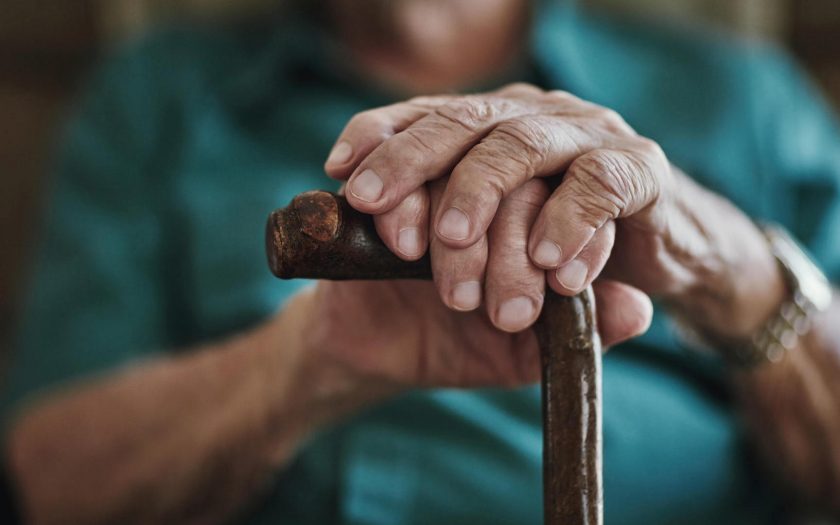-
Exercises that will help improve balance.
Such exercises can help prevent falls and fractures. Be in the required position for 5 seconds, repeat the exercise 5-10 times.
-
Qigong.
Qigong includes a whole system consisting of gymnastics, breathing exercises and meditation practices. Technique is divided into internal and external. The first is the interaction with such a concept of Chinese medicine as Qi energy. According to Eastern teachings, in a healthy person it moves freely throughout the body, and if this process is disrupted, then diseases occur. Qigong aims to restore the movement of Qi in the body, which is very important in Parkinson’s disease.
External practice is much easier to understand. It includes smooth movements, mind control and breathing exercises – chest or abdomen. This is a kind of meditation that helps to get rid of stress and keep your body in shape.
-
Stretching.
Repetitive movements stimulate not only the muscles of the body, but also mental functions, as it activates the central nervous system and improves blood supply to the brain. These exercises are also typical for warming up at the beginning of qigong, tai chi or yoga. To perform them, you can use a special elastic band. Do the exercises 5-10 times for 20 seconds. Also, you can do stretching while sitting.
-
Walking.
Walking has a huge positive effect on health and is not associated with a risk of injury. Up to 200 muscles are involved in walking. Walking is easy to perform and allows you to perform many more complex variations as you progress. This sport is ideal for people with low physical fitness, who lead a sedentary lifestyle or can not do other sports. In addition, there is almost no risk of injury when walking.
-
Exercise bike.
The exercise bike is one of the most popular and widespread exercise machines. It can be used both in gyms and at home.
-
Yoga.
Yoga helps to achieve the greatest result. Yoga style has a beneficial effect on nerves and organs, as it improves the functioning of the respiratory, nervous and circulatory systems. Not only the body but also the mind recovered and relaxed. Improves flexibility without the risk of injury and pain. This is possible due to the fact that asanas are performed with awareness, care and respect for the body.
-
Classes according to the method of Feldenkrais.
The Feldenkrais method is a method of restoring the natural grace of movements. Movement is not considered a function of muscles, but a function of the brain. With the help of this technique, a person studies his own movements and expands the idea of himself through the development of muscular sensation and sensation of movement. Images of movement are stored in the command neurons of the cerebral cortex. Often these images are narrow, incomplete for very different reasons – heredity, pain, developmental trauma, physical trauma and so on.
Physical activity and regular medication (Madopar or Pramipex) will help improve the condition of patients with Parkinson’s disease!

